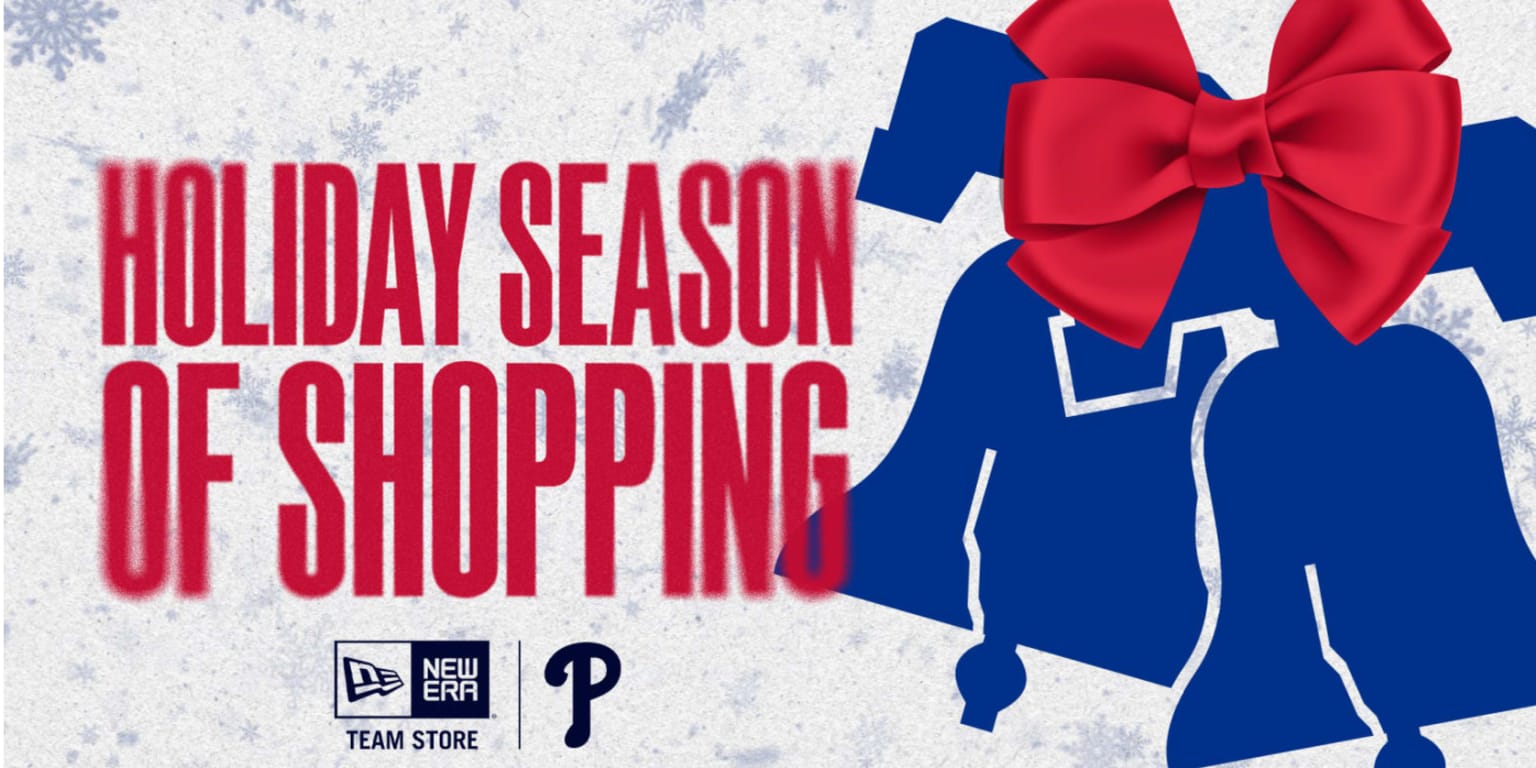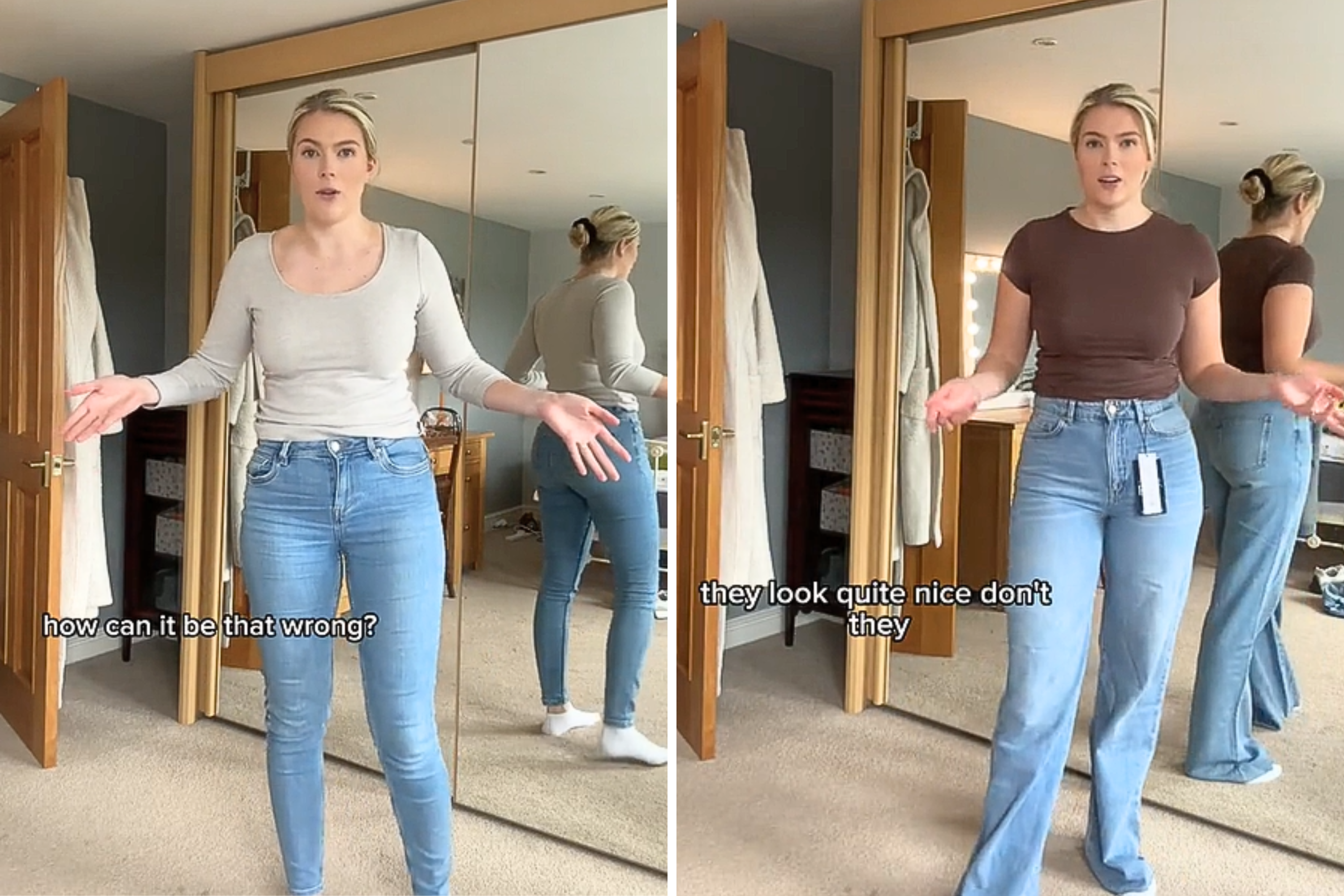Shopping
MD Tax-Free Shopping Week 2024: Dates, Savings, Eligible Items

MARYLAND — With summer slipping by quickly, back-to-school sales for supplies, clothing and other essentials are already prominent in Maryland stores. Some of the best savings are available during Maryland’s sales tax holiday.
Here, that’s the week of Aug. 11-17.
The sales tax holiday is intended to help families save money on school essentials like supplies, clothes, shoes, backpacks and more — and to boost sales at Maryland retailers. During the seven-day holiday, the state sales tax of 6 percent will be suspended on clothing and shoes under $100 or the first $40 for backpack sales.
Find out what’s happening in Columbiawith free, real-time updates from Patch.
Although commonly associated with back-to-school shopping, the tax-free savings apply to shoppers of all ages and includes sweaters, shirts, slacks, jeans, dresses, robes, underwear, belts, shoes and boots.
Other eligible items are school uniforms, flip-flops, sneakers, hoodies, athletic socks, caps and hats, bathing suits, gloves, mittens and underwear.
Find out what’s happening in Columbiawith free, real-time updates from Patch.
You might be surprised that fishing vests, pajamas and bathrobes are also exempt from sales tax Aug. 11-17.
Many medical items such as adult and baby diapers (both disposable and cloth) and braces are tax exempt, along with golf clothes, bowling shoes and shirts, martial arts uniforms and sports uniforms.
Among the items that will still be taxed are diaper bags, sports helmets, sunglasses, fishing boots and bike helmets.
Some states include school supplies (markers, binders, folders, etc.) in their tax-free weekends, but those classroom supplies are not tax exempt in Maryland.
“Shop Maryland Tax-Free Week is a great time for shoppers to save money on essential items and help their budgets stretch further, especially as we continue to grapple with rising prices and consumers feel like they are paying more for less,” Maryland Comptroller Brooke Lierman said. “My hope is that this temporary relief helps boost customer traffic and sales for our local businesses and purchasing power for shoppers in Maryland.”
For online purchases, items qualify for the sales tax exemption if they are paid for and delivered or paid for and accepted for immediate shipment during the tax-free period.
Find more information about Shop Maryland Tax-Free Week in our Frequently Asked Questions document.
Maryland school districts will begin the new school year between Aug. 26 and Sept. 3.
Those districts starting classes Aug. 26 include: Anne Arundel, Baltimore City, Baltimore County, Howard, Montgomery, and Prince George’s. Anne Arundel County breaks up its start over two days: Aug. 26th grades 1-5, 6 and 9; Aug. 27th grades 1-12.
Harford County starts back Sept. 3, the day after Labor Day, along with Kent, Worcester and Carroll.
Families with children in grades kindergarten through 12 are expected to spend about $39 billion on back-to-school spending, averaging out to about $875 per household, according to a new survey from the National Retail Federation. Back-to-college shopping is expected to hit $86.6 billion, or about $1,3765 per household.
The findings are based on a survey of 7,533 consumers earlier this summer.
In addition to big-ticket electronics like laptops, tablets, phones and calculators that kids in elementary through high school students need, college students put furnishings and food accounts on their back-to-school shopping lists, the retail group said.
K-12 shoppers are budgeting $309.35 on average for electronics ($13.7 billion), $253.29 for clothing and accessories ($11.2 billion), $141.62 for school supplies ($6.3 billion) and $170.43 for shoes ($7.6 billion), according to the survey.
College spending is expected to average $359.49 per student for electronics ($22.8 billion), $192.40 for dorm or apartment furnishings ($12.2 billion), $171.06 on clothing and accessories ($10.9 billion), $149.81 on food ($9.5 billion) and $112.60 on shoes ($7.1 billion).
Get more local news delivered straight to your inbox. Sign up for free Patch newsletters and alerts.


:quality(70):focal(338x272:348x282)/cloudfront-us-east-1.images.arcpublishing.com/shawmedia/FOAF2O2ZIBEC5FYGY6GCKFXN3E.jpg)





